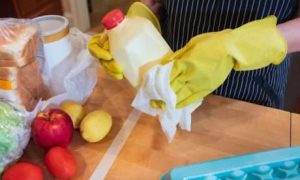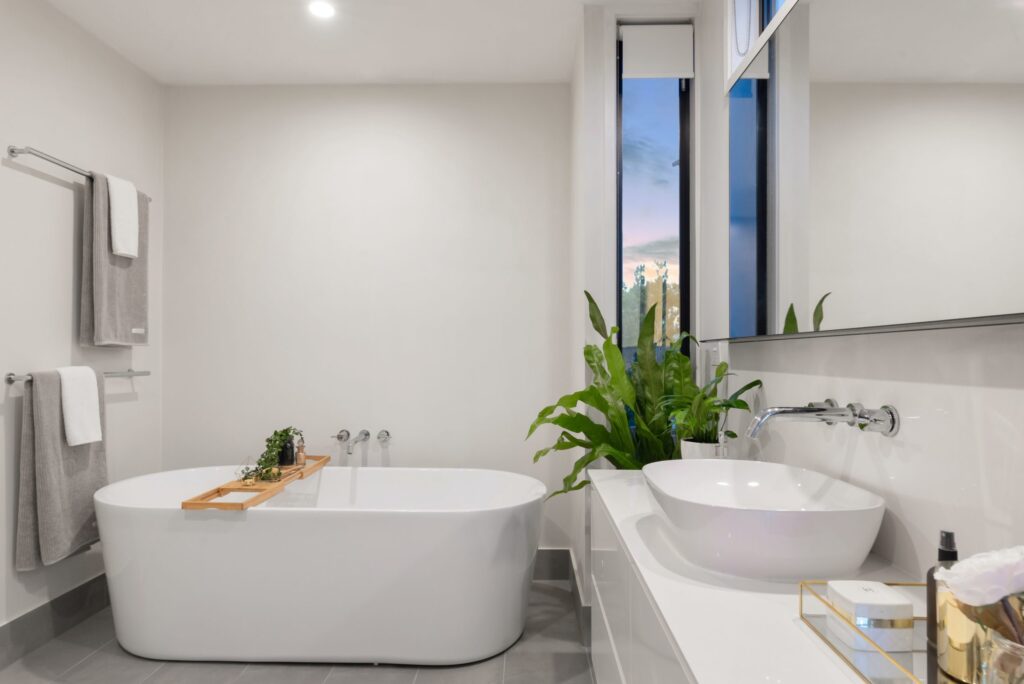
Sanitize seeds, soils, & substrates
Plants
- Foliage
- Seedlings
- Soil
- Mushroom beds
Critical level
- 1 to 2ppm
- 0.52ppm
- 1 ppm
- 0.8 ppm
See the FARM AND RANCH section for more information about specific ppm allowance and mixing instructions.
GREENHOUSE AND GARDENS
Chlorine dioxide is a versatile and effective disinfectant that can be used in greenhouses and gardens for a variety of purposes. For instance, it can be used to treat or prevent the growth of bacteria, fungi, algae, and biofilm in water systems, such as irrigation tanks, reservoirs, tubing, and lines. Additionally, chlorine dioxide can be used in growing operations both pre- and post-harvest/casting.
Chlorine dioxide (ClO2) is a versatile and effective disinfectant that can be used with many plant species, cultivars, and varieties that are produced by growers. However, it is important to note that plants have varying levels of sensitivity to ClO2 application. Therefore, the table below lists the critical levels for various types of plants.
GREENHOUSE, POTABLE WATER AND PLANTS
Concentration 0.25 ppm – ensure soil and seeds are not infected with mold spores before planting crop ,
Covers produce surfaces and can enter into wounds and stem scars — the point where produce is picked to keep food – common entryways for harmful pathogens
Concentration 2-10 ppm – apply when treating and cleaning water in coolers, warmers, pasteurizers, canning, and used in irrigation. Applied daily kills bacteria in plants and soil.
Concentration 100-250 ppm – soak cutting tools, spray walkways, benches, and evaporative coolers
Concentration 0.25 to 0.50ppm – used principally in treatment for odor and taste























